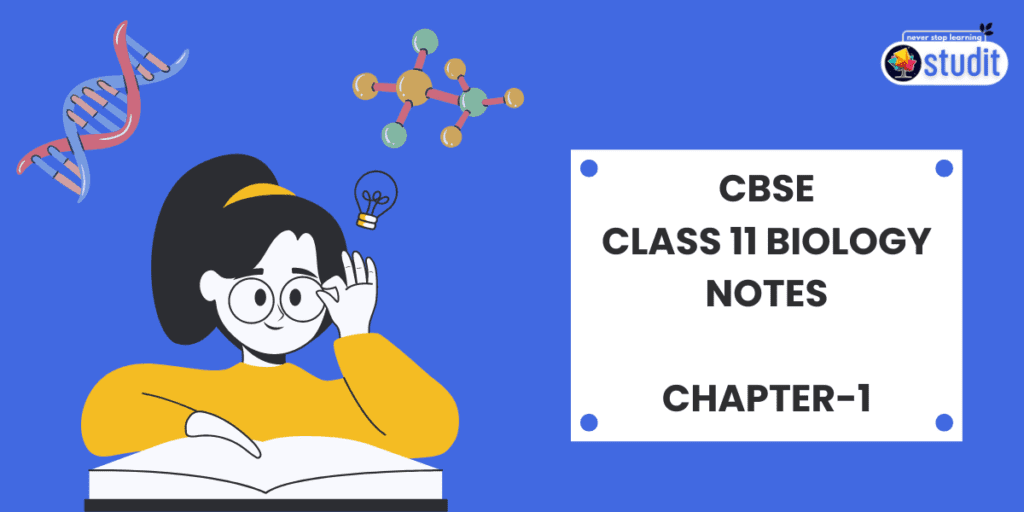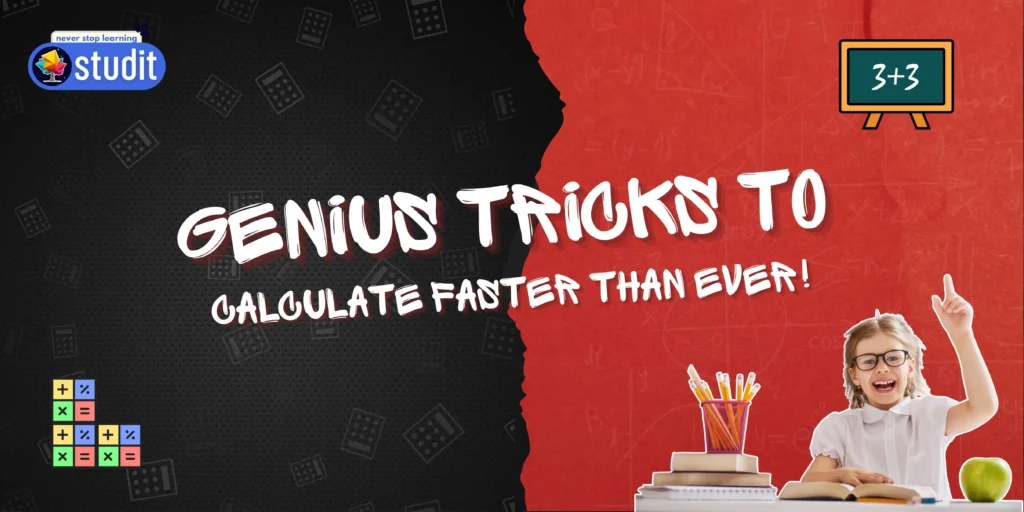Biological Classification NCERT Class 11 Biology Notes
Biological Classification NCERT Class 11 Biology Notes History of Classification of Living Organisms: Attempts to classify living organisms have been made since the dawn of civilization.The classification was initially based on instinctive criteria for human use, such as food, shelter, and clothing.Aristotle was the earliest to attempt a more scientific basis for classification Linnaeus developed a Two Kingdom system of classification with Plantae and Animalia kingdomsThe Two Kingdom system did not distinguish between eukaryotes and prokaryotes, unicellular and multicellular organisms, and photosynthetic and non-photosynthetic organismsClassification systems have undergone several changes over time, with the understanding of what groups/organisms be included under each kingdom changingR.H. Whittaker proposed a Five Kingdom Classification in 1969.A Three-domain system has also been proposed, which divides the Kingdom Monera into two domains, leaving the remaining eukaryotic kingdoms in the third domain. Five Kingdom Classification by R.H. Whittaker: In 1969, R.H. Whittaker proposed a five-kingdom classification system, which includes Monera, Protista, Fungi, Plantae, and Animalia. The main criteria used for classification in this system include: Cell structure Body organization Mode of nutrition Reproduction Phylogenetic relationships This system addressed some of the shortcomings of the two-kingdom system by distinguishing between prokaryotes (Monera) and eukaryotes (the other four kingdoms), as well as differentiating between unicellular and multicellular organisms and autotrophic and heterotrophic modes of nutrition. Characteristics of the Five Kingdoms 1. Kingdom Monera: Cell wall: Non-cellulosic (polysaccharide + amino acid) Nuclear membrane: Absent Body organization: Cellular Mode of nutrition: Autotrophic (chemosynthetic and photosynthetic) and heterotrophic (saprophytic/parasitic Bacteria are the sole members of Kingdom Monera. Grouped based on shape: coccus, bacillus, vibrio, spirilla. Exhibit extensive metabolic diversity, can be autotrophic or heterotrophic. 1.1 Archaebacteria Characteristics: Thrive in extreme habitats:1) Halophiles: Extreme salty areas2) Thermoacidophiles: Hot springs3) Methanogens: Marshy areasCell Wall Structure:Unique cell wall structure distinct from other bacteriaEnables survival in extreme conditions Methanogens:Found in the gut of ruminant animals (e.g., cows, buffaloes)Produce methane (biogas) from animal dung 1.2 Eubacteria: Eubacteria, also known as true bacteria, are characterized by the presence of a rigid cell wall and, if motile, a flagellum. Among them, cyanobacteria, also referred to as blue-green algae, possess chlorophyll a similar to green plants and function as photosynthetic autotrophs. These bacteria can be unicellular, colonial, or filamentous and are found in various habitats including freshwater, marine, and terrestrial environments. Cyanobacteria colonies are often surrounded by a gelatinous sheath and can form blooms in polluted water bodies. Some cyanobacteria, such as Nostoc and Anabaena, have specialized cells called heterocysts for nitrogen fixation. Chemosynthetic autotrophic bacteria oxidize inorganic substances like nitrates, nitrites, and ammonia, utilizing the released energy for ATP production and playing a crucial role in nutrient recycling. Heterotrophic bacteria are the most abundant, serving as important decomposers and having significant roles in processes like curd formation, antibiotic production, and nitrogen fixation in legume roots. However, some heterotrophic bacteria are pathogenic, causing diseases such as cholera, typhoid, tetanus, and citrus canker. Bacterial reproduction primarily occurs through fission, but they can produce spores under unfavorable conditions and engage in a primitive form of sexual reproduction via DNA transfer. Mycoplasma, the smallest known living cells, completely lack a cell wall and can survive without oxygen, with many being pathogenic to animals and plants. 2. Kingdom Protista: Cell type: Eukaryotic Cell wall: Present in some Nuclear membrane: Present Body organization: Cellular Mode of nutrition: Autotrophic (photosynthetic) and heterotrophic Protista includes all single-celled eukaryotes, although the boundaries of this kingdom are not well defined. Protista encompasses Chrysophytes, Dinoflagellates, Euglenoids, Slime molds, and Protozoans, and its members are primarily aquatic. As eukaryotes, protists have a well-defined nucleus and membrane-bound organelles, with some possessing flagella or cilia. They reproduce both asexually and sexually through processes involving cell fusion and zygote formation. 2.1 Chrysophytes 1. This group includes diatoms and golden algae (desmids)2. Most of them are photosynthetic and found in fresh water as well as in marine environments3. Diatoms have indestructible cell walls embedded with silica4. Diatoms have left behind large amounts of cell wall deposits in their habitat, referred to as ‘diatomaceous earth. 2.2 Dinoflagellates 1. Habitat: Mostly marine and photosynthetic.2. Colors: Appear yellow, green, brown, blue, or red due to various pigments.3. Cell Wall: Stiff cellulose plates on the outer surface.4. Flagella: Two flagella; one lies longitudinally, the other transversely in a furrow between the wall plates.5. Red Tides: Red dinoflagellates, such as Gonyaulax, can multiply rapidly, causing red tides that color the sea red. 2.3 Euglenoids1. Habitat: Mostly freshwater organisms found in stagnant water.2. Cell Structure: Lack a cell wall; instead, they have a protein-rich layer called a pellicle that makes their body flexible.3. Flagella: Possess two flagella, one short and one long.4. Photosynthesis and Feeding: Photosynthetic in sunlight, but become heterotrophic when deprived of light, feeding on smaller organisms.5. Pigments: Pigments are identical to those in higher plants. 2.4 Slime Moulds1. Type: Saprophytic protists.2. Feeding: Move along decaying twigs and leaves, engulfing organic material.3. Aggregation: Under favorable conditions, form a plasmodium that can grow and spread over several feet.4. Reproduction: During unfavorable conditions, plasmodium forms fruiting bodies with spores at their tips.5. Spores: Have true walls, are extremely resistant, and can survive many years under adverse conditions.6. Dispersal: Spores are dispersed by air currents. 2.5 Protozoans!. Protozoans: Heterotrophic, live as predators or parasites, considered primitive relatives of animals.2. Amoeboid Protozoans: Freshwater, seawater, or moist soil. Use pseudopodia (false feet) for locomotion and capturing prey. Example: Amoeba. Marine forms may have silica shells; some, like Entamoeba, are parasitic.3. Flagellated Protozoans: Can be free-living or parasitic. and Have flagella. Example: Trypanosoma (causes sleeping sickness).4. Ciliated Protozoans: Aquatic. Use thousands of cilia for active movement. Water laden with food is directed into a gullet. Example: Paramecium.5. Sporozoans: Infectious spore-like stage in the life cycle. Example: Plasmodium (causes malaria, impacting human populations significantly). 3. Kingdom Fungi: Fungi exhibit a wide range of shapes and habitats, including common mushrooms, toadstools, and parasitic fungi on plants like mustard leaves. Fungi are found in air, water, soil, and on animals and plants. and they prefer warm and humid environments. A) Structure: 1. Filamentous: Bodies are composed of hyphae (thread-like structures).2. Mycelium: Network of hyphae.3. Cell Walls:
Biological Classification NCERT Class 11 Biology Notes Read More »




